Pink Diamonds are a Miracle of Nature
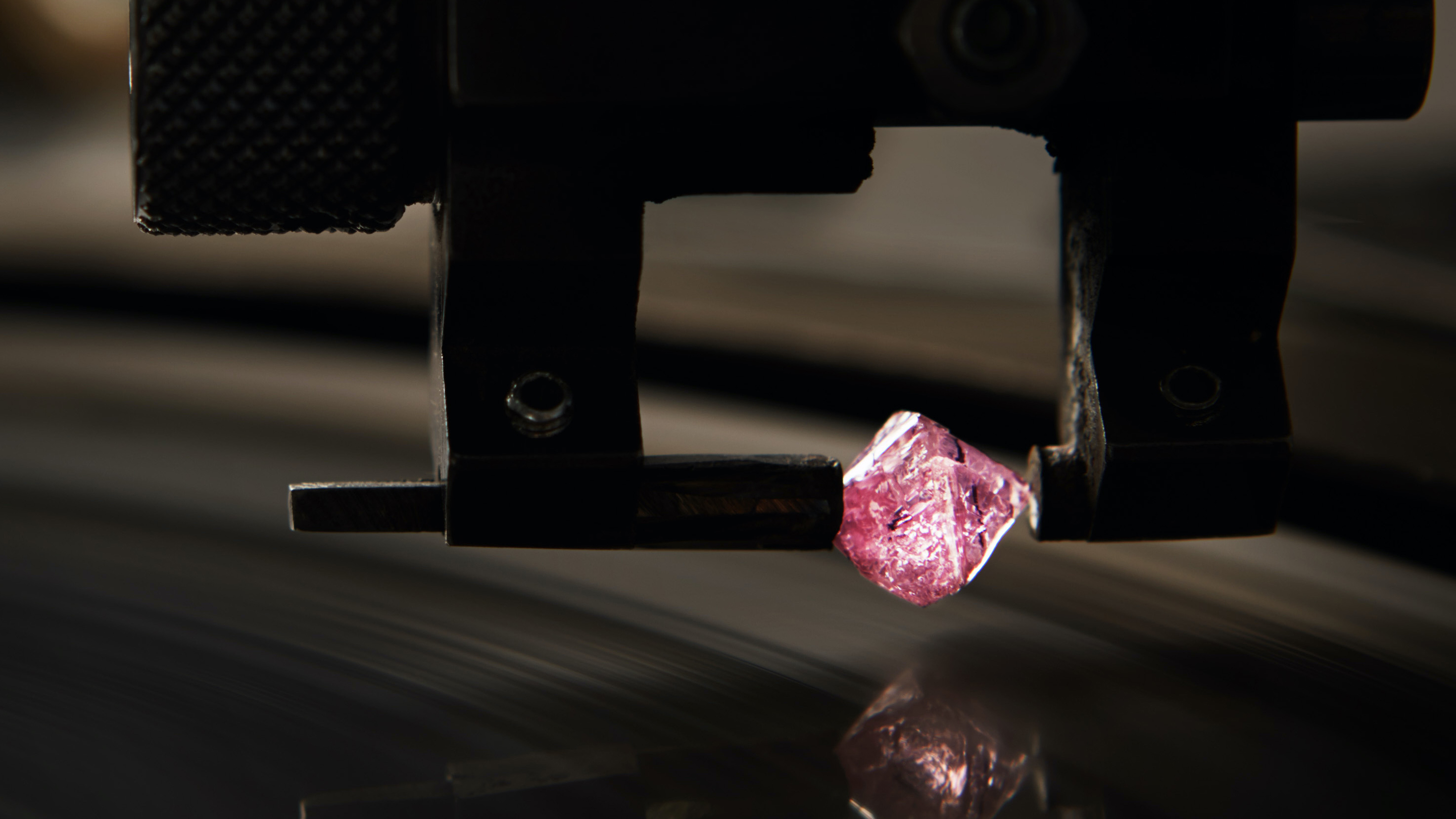
Though pink diamonds may be smaller than the rocks they usually would afford, they are still in high demand among celebrities. Jennifer Lopez famously started a craze back in 2002 with her first Bennifer engagement ring from Ben Affleck, although, after a 20-year split, the pair were engaged again and finally married, this time with a green diamond.
Among the fortunate ones with pink diamond rings are tennis champion Anna Kournikova, actresses Margot Robbie and Blake Lively, and fashion designer Victoria Beckham. Pink is synonymous with being sweet and girly, but none of these icons are so easy to stereotype. These women are strong, and powerful, and always shine bright like the rare gems on their fingers.
How Rare Are Pink Diamonds?
Believe it or not, 80 to 90% of the world’s pink diamonds have been found in a single place, the Argyle Diamond Mine, in a remote part of Western Australia. At its peak, the number of pink diamonds found here in one year couldn’t fill a glass of champagne. Sadly, this famous mine closed in 2020 after it could no longer find enough diamonds to be profitable. Therefore, the world has lost its primary source for pink diamonds, increasing their rarity and value even further.
According to the GIA, of all the diamonds found in a single year, only 1 in 100,000 could be graded as having a “fancy color,” making natural fancy color diamonds one of the world’s most extreme rarities. Fancy color diamonds can come in many colors, including blue, green, and yellow, and out of all these colors, pink diamonds are considered the second rarest.
Their scarcity is due to the extreme conditions in which these beauties are formed. While all natural diamonds formed under intense heat and pressure up to three billion years ago, pink diamonds are subject to further, more extreme pressure that compresses their internal structure. This phenomenon is known as “plastic deformation,” and it causes the diamonds to reflect pink light. However, their unique way of forming means that most diamonds do not survive, and if they do, they are likely very small or highly included, which is why they are so rare.
Pink Diamond Value
Another product of their formation is that most pink diamonds are not very big. Don’t expect any of these stones to rival the largest colorless diamonds ever found, the 3,106-carat Cullinan or the 1,109-carat Lesedi La Rona. Compared to these white diamonds, the majestic 186-carat Daria-i-Noor, or the 59.60-carat Pink Star may not look huge, but their value and rarity are beyond impressive. The Pink Star, for instance, is the most expensive cut diamond ever sold at auction for $71 Million in 2017.
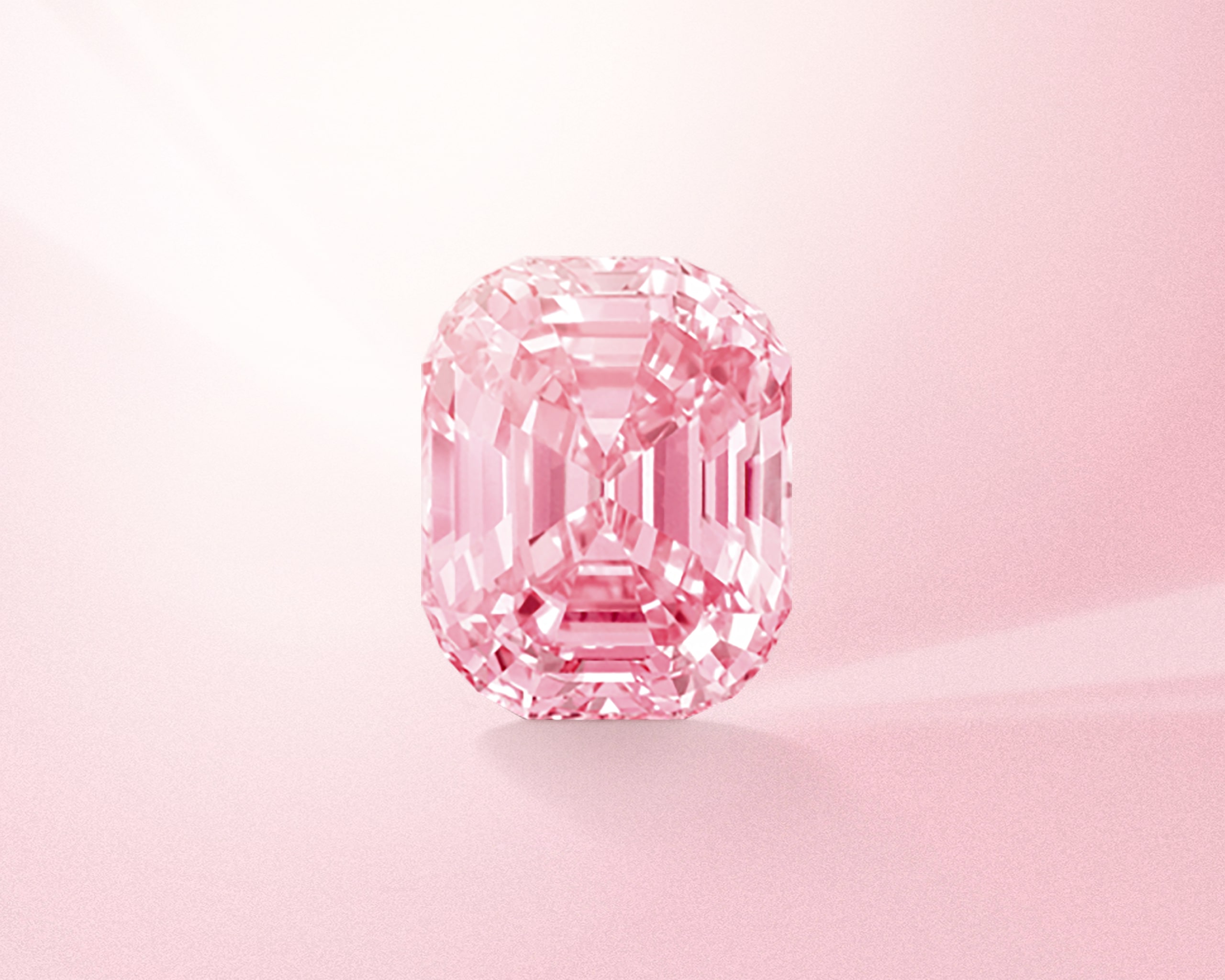
Imagine holding the value of an entire real estate portfolio in the palm of your hand…this is how it may feel to own a pink diamond. What else weighs just over 4 grams (23.88 carats) and sells for $46 million but the Graff Pink? This record price, in 2010, was a wise and beautiful investment. To put their value into perspective, a more comparable 1-carat diamond graded as “fancy pink” with a modest clarity grade of SI would sell today for at least $100,000.
Did You Say, Fancy?
Like other gifts of nature, these gemstones come in many color combinations, from Very Light Pink to Fancy Deep Pink. It is also possible for them to have secondary hues like orange, purple, brown, or gray. Those would be graded as “fancy orangy pink” or “fancy brownish pink,” for instance. Only a gemologist or a painter would find its way through nature’s unique palette. Among the well-known 4Cs of diamonds—clarity, cut, color, and carat—when it comes to fancy color diamonds, the color is the most important criterion to assess. It takes a team of gemologists to assess and grade the color of a fancy pink diamond to determine its specific color grade. Those deemed “fancy pink” with no secondary hues are the rarest and most valuable and, more specifically, “fancy intense pink” and “fancy vivid pink” are the rarest of the rare.
The Finest Examples of Pink Diamond Rings
Legendary British Jeweler Graff is known for their designs featuring pink diamonds. According to the luxury brand, some of these stones are once-in-a-lifetime discoveries. The phenomenal 16.88-carat Internally Flawless Fancy Intense Pink emerald-cut diamond ring is one of them, complemented by heart-shaped white diamond side stones. The same applies to the extraordinary 12.02-carat Fancy Vivid Pink Internally Flawless pear-shaped diamond ring. From a design standpoint, pink diamonds are center stage.
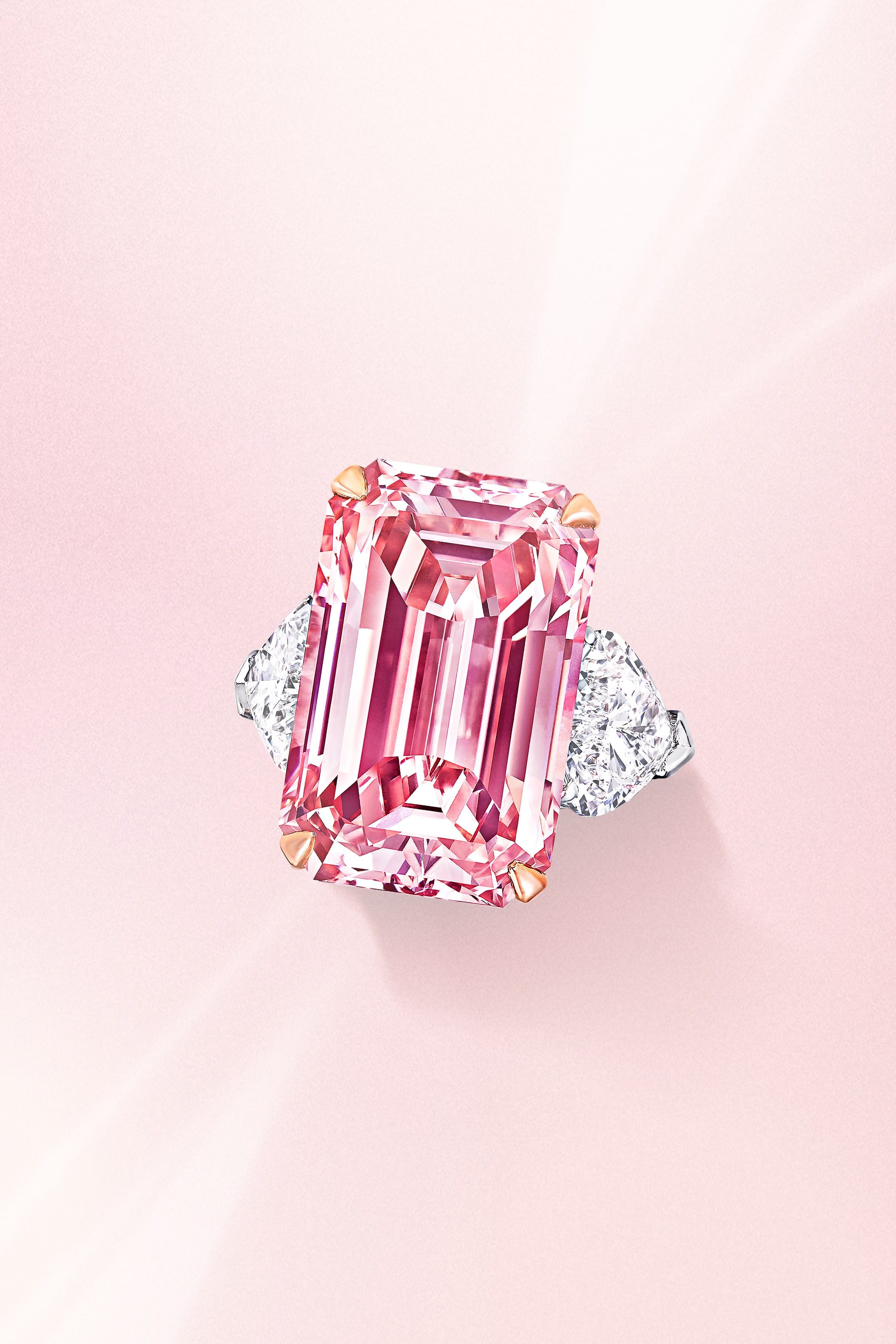
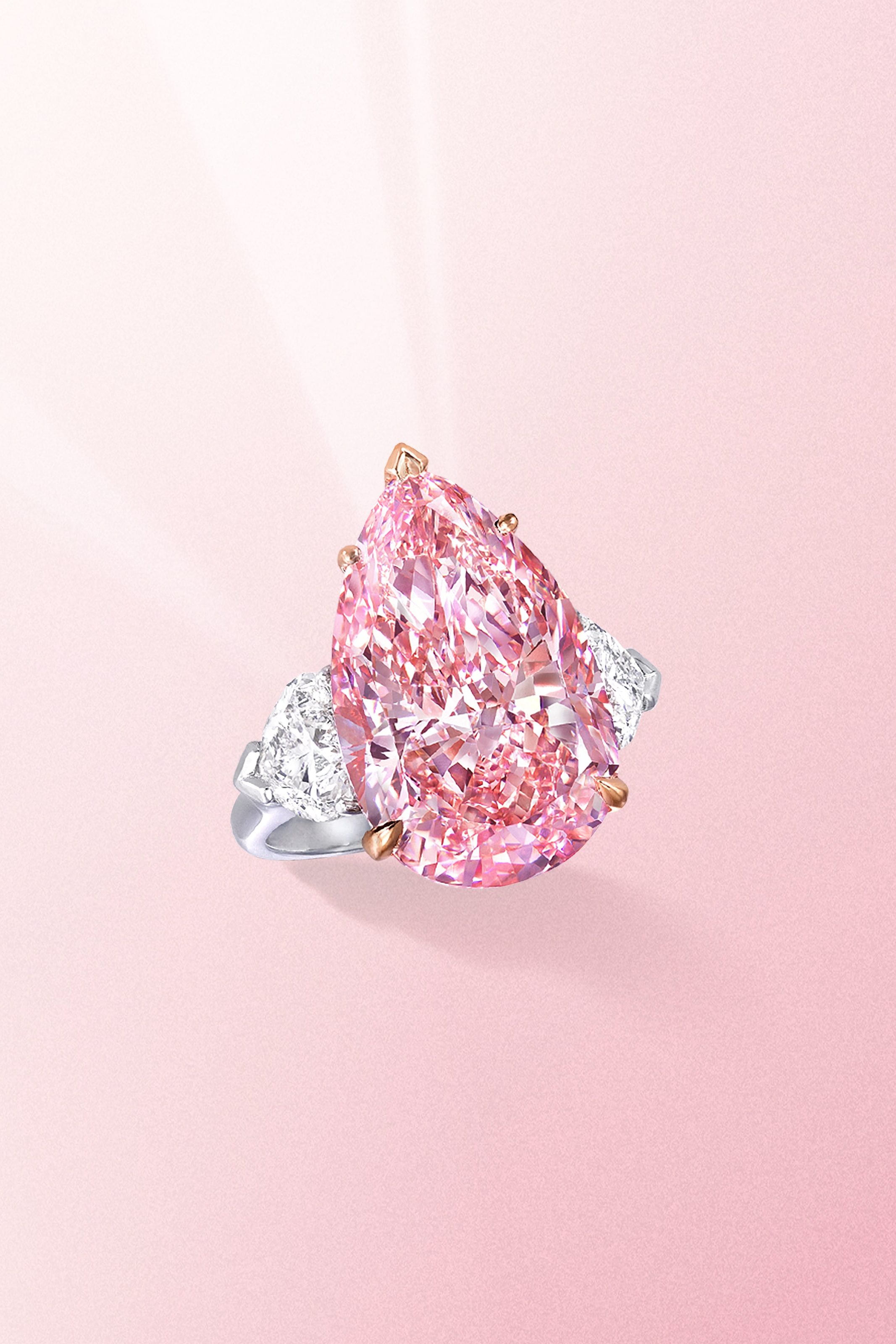
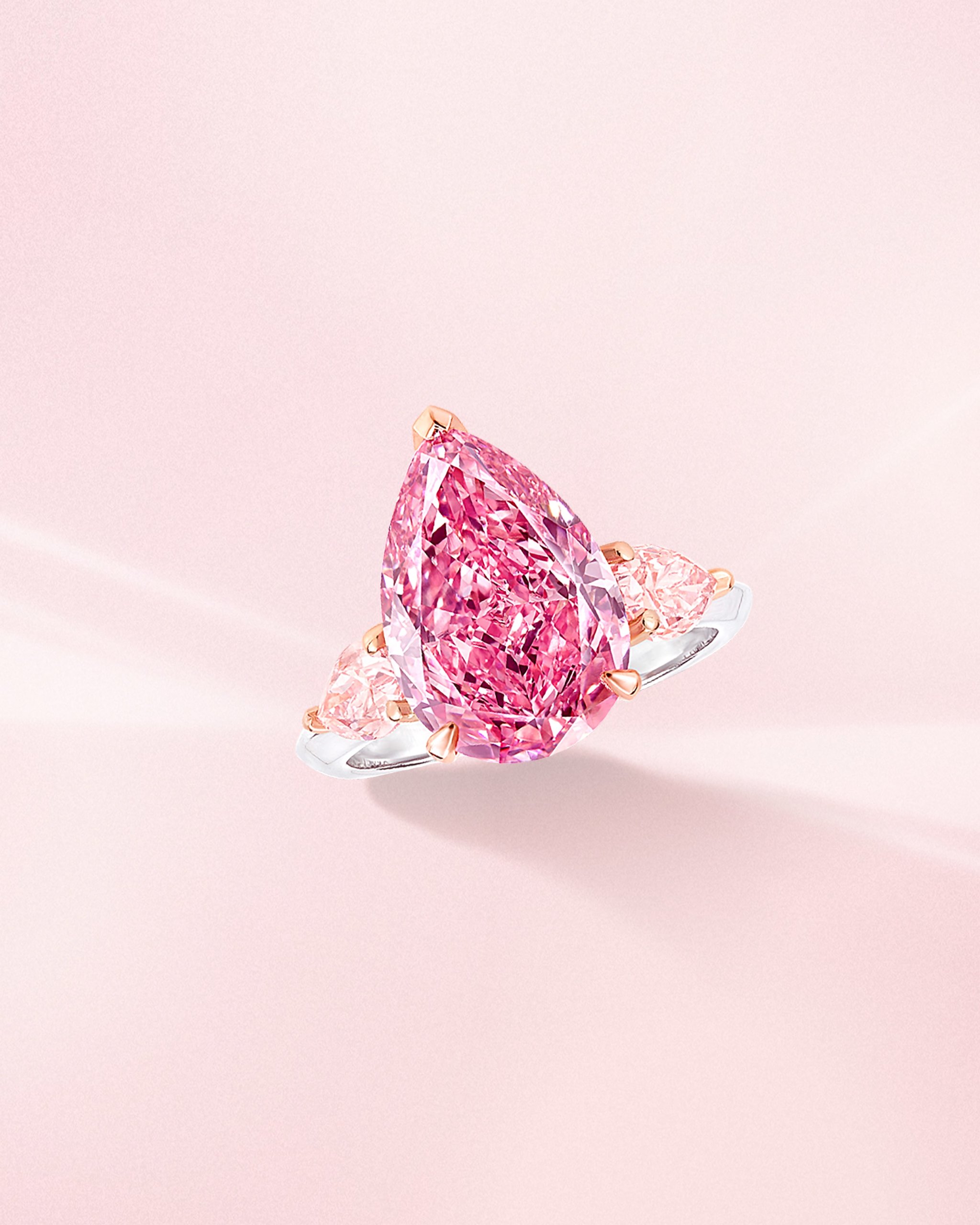
The ultimate flex is when pink completes pink. In another ring, Graff flanks a central 5.63-carat Fancy Vivid Purplish Pink pear-shaped diamond with two Fancy Intense Pink pear-shaped diamond side stones. The design aims to highlight the vibrant hue of the purple-pink center stone, cut from the famous Lesotho Pink, and contrast with the more traditional pink shade of the side stones.
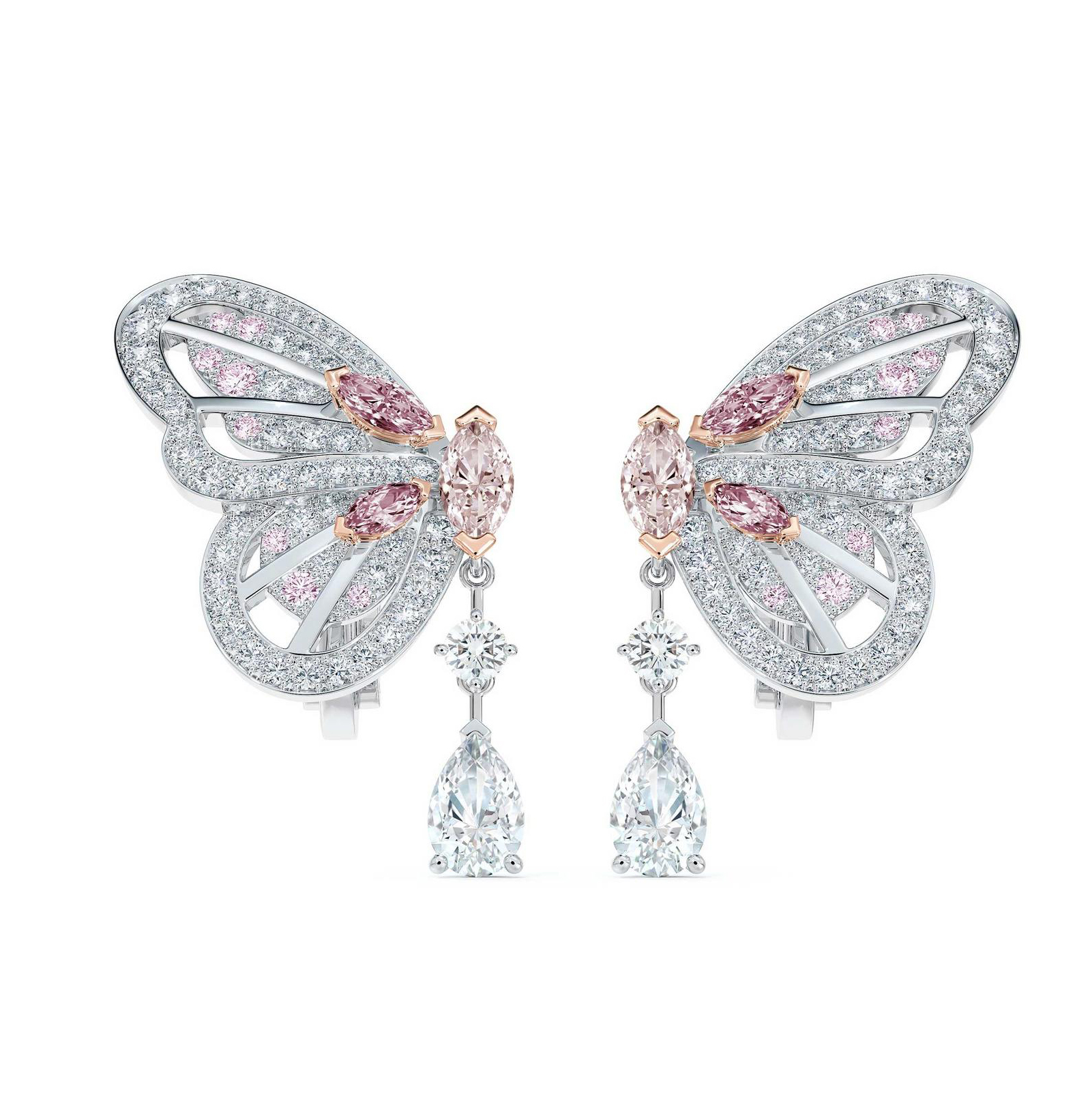
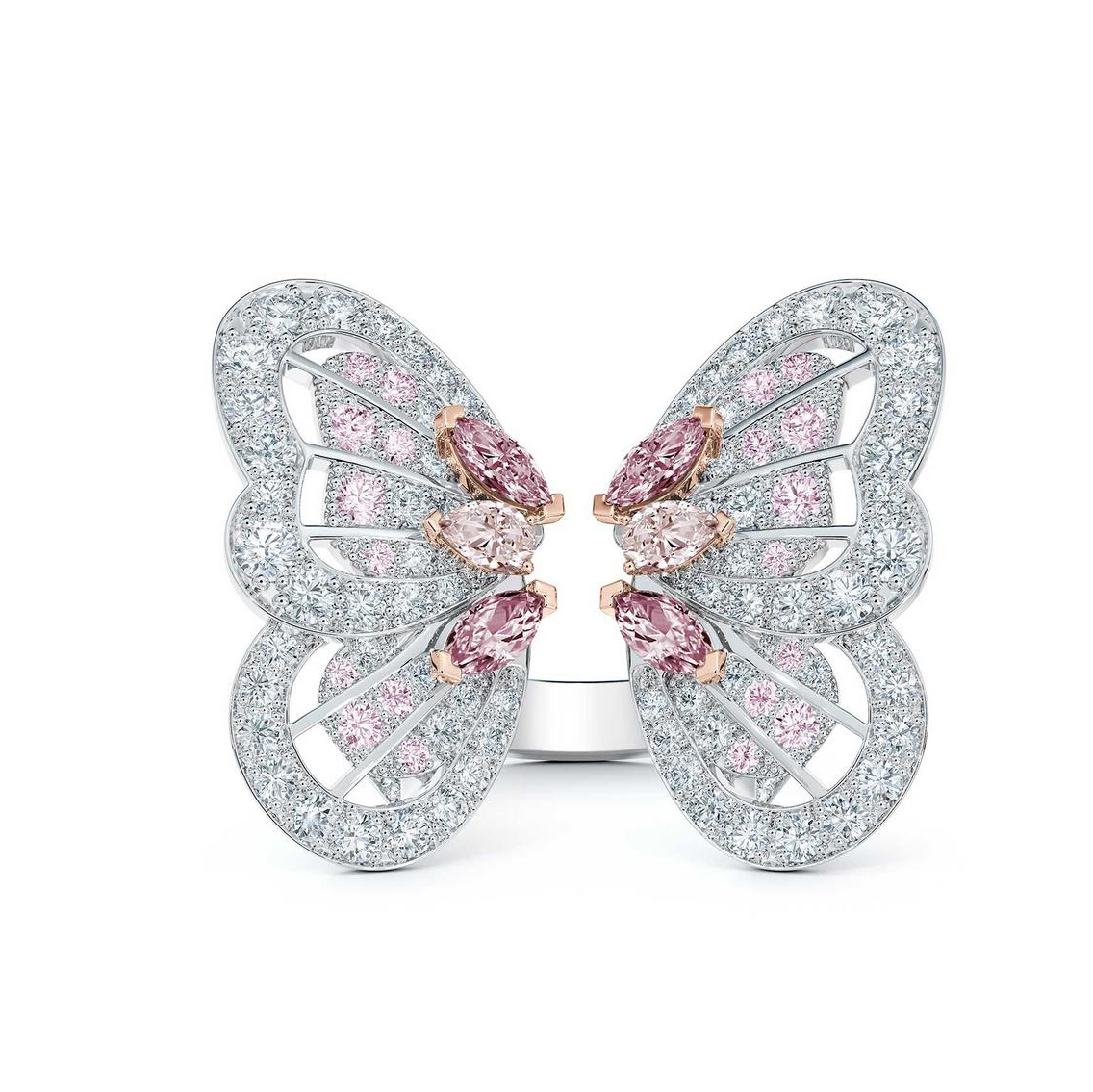
Even when natural pink diamonds aren’t the largest stone in a piece of jewelry, they can still be the star that adds color and extravagance. In the new De Beers High Jewelry collection, the proportion of these diamonds to other gems varies but can be less than 10%. However, even in these designs of white diamonds of all shapes and sizes, what flatters the eye first is the pink diamond.
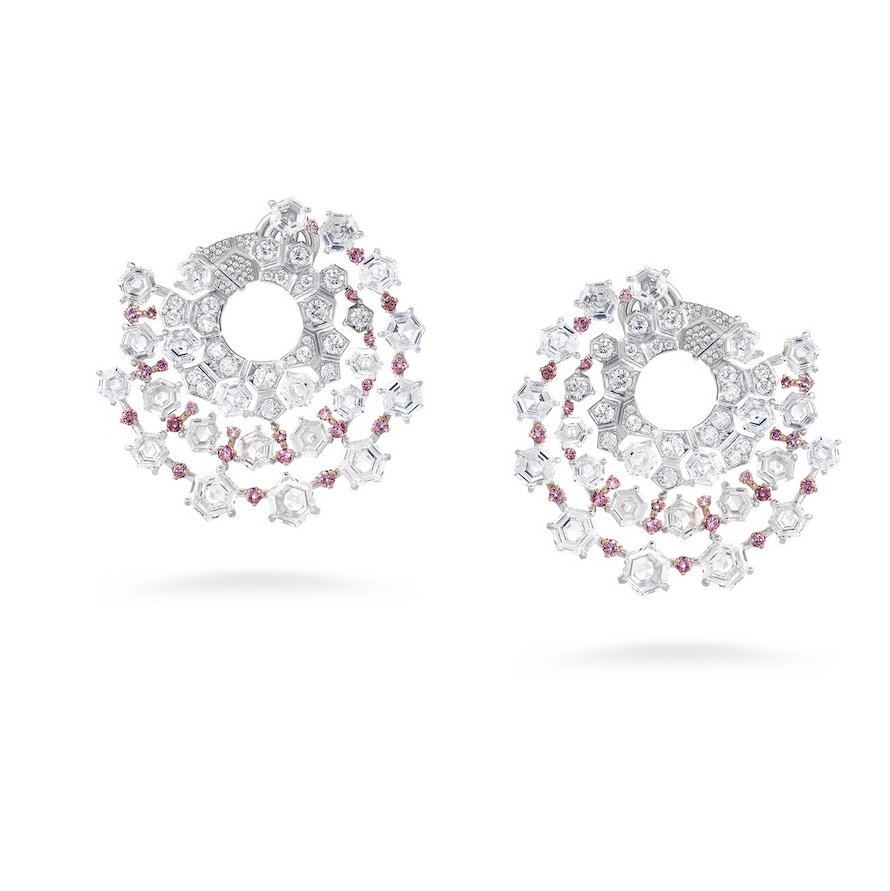
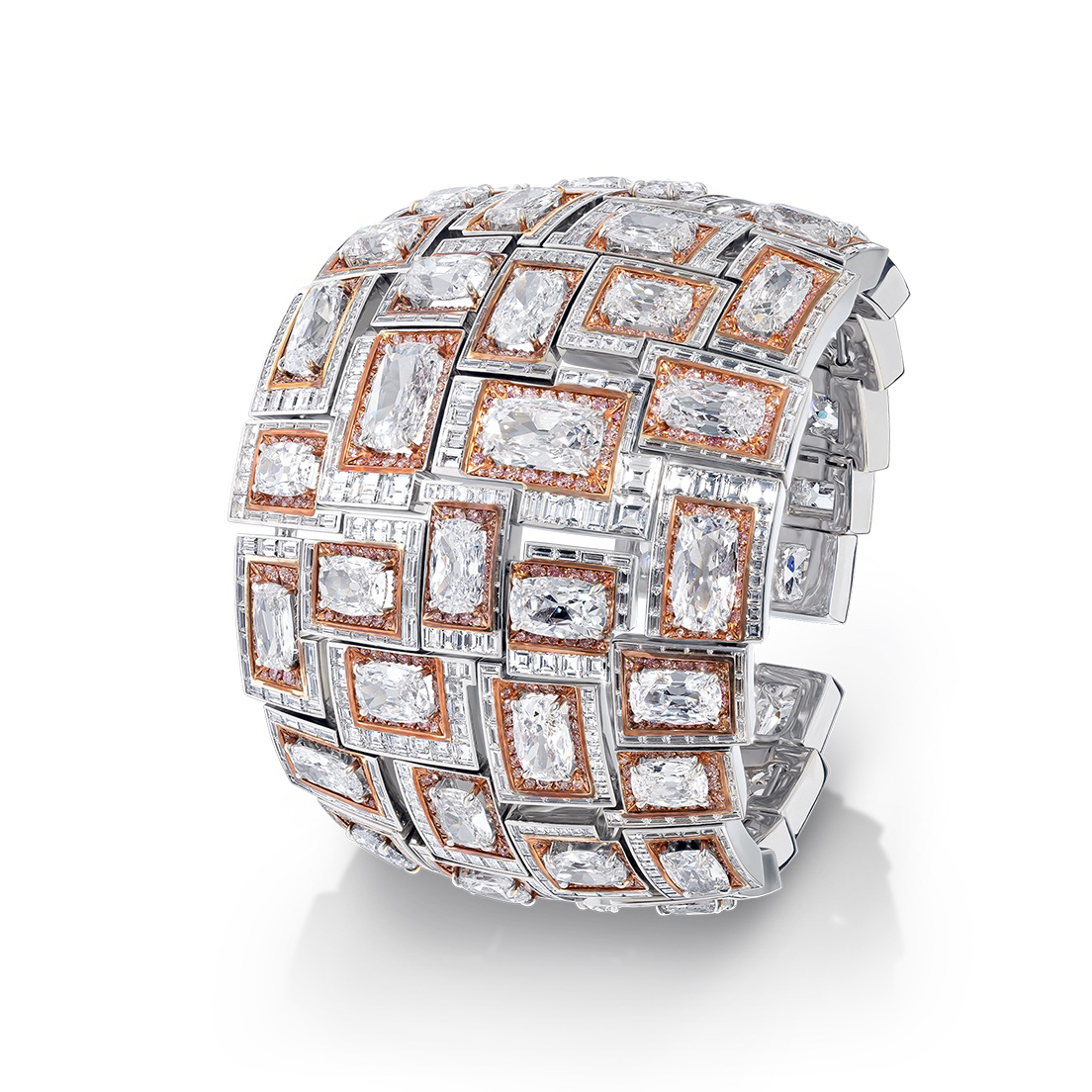
The same can be seen with new pieces from London jeweler David Morris. These diamonds may be small, but it is the touch of color that transforms these designs into something extraordinary.
